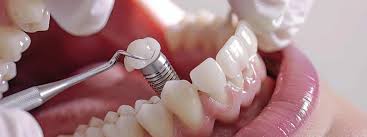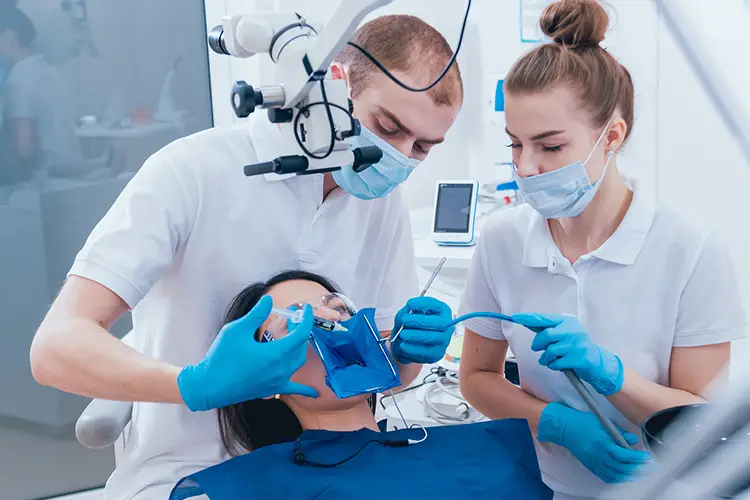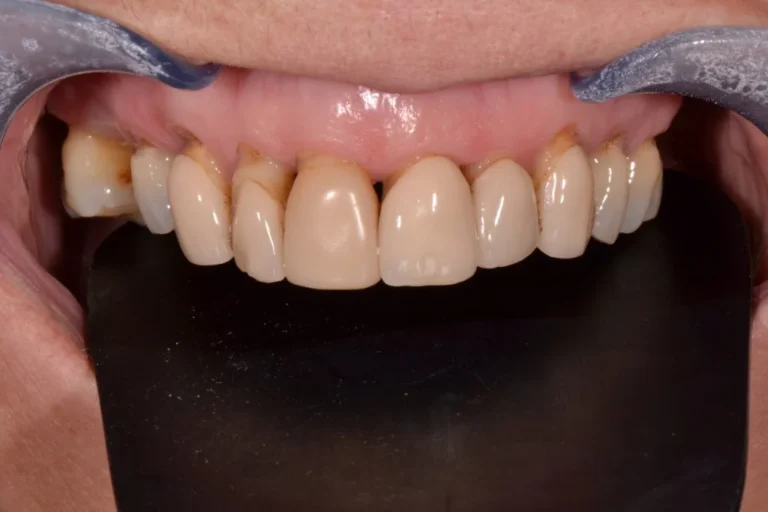Why a Sinus Lift is Sometimes Necessary for Successful Implants

Dental implants have become a reliable solution for individuals seeking to replace missing teeth. Their success often depends on several factors, including bone quality and volume in the upper jaw. Situations arise where the natural anatomy of the sinus area poses challenges for implant placement, and in such cases, a procedure known as a sinus lift may be recommended.
What Is a Sinus Lift?
A sinus lift is a specialized surgical procedure designed to increase bone height in the upper jaw. The upper jaw is located beneath the maxillary sinuses: air-filled spaces that are part of your nasal structure. For some patients, the proximity of these sinuses to the oral cavity leaves insufficient bone support for securely placing implants.
During a sinus lift, the sinus membrane is gently elevated, and bone graft material is added underneath. By creating more bone, the procedure prepares the site for a stable and long-lasting implant. These procedures are often performed by oral surgeons. The treatment is highly refined and tailored to meet a patient’s specific oral structure.
What Are They For?
Sinus lifts address several anatomical and clinical issues. These issues may become apparent when preparing for dental implants. A healthy jawbone must provide a sturdy foundation to anchor implants securely. If bone density is inadequate, an implant may fail to integrate properly with the surrounding tissue. Larger implants or ones meant to secure multiple prosthetics require more robust structural support.
How Are They Performed?
A sinus lift is a meticulously planned procedure tailored to the individual’s oral anatomy. The surgery involves several steps, which are often carried out under local anesthesia, sedation, or a combination of both to minimize discomfort. A general guideline for the procedure will typically includes:
- Preparatory Assessment: Before the procedure, a comprehensive evaluation is conducted. This may involve imaging studies like X-rays to assess the shape, size, and position of the jawbone and sinuses. The surgeon also reviews the patient’s overall health to confirm suitability for the procedure.
- Flap Creation: During the procedure, an incision is made in the gum tissue to expose the underlying bone. A small window is then opened in the jawbone to access the sinus membrane without compromising the sinus cavity.
- Membrane Elevation: The sinus membrane is carefully detached and raised into the sinus cavity.
- Bone Grafting: Once the sinus membrane is lifted, the resulting space is filled with bone grafting material. The graft stimulates the growth of new bone within the jaw.
- Closure and Healing: After the graft is placed, the gum tissue is sutured to close the surgical site.
The healing phase is integral, allowing for the new bone to develop and strengthen before implants are eventually placed.
Speak With an Oral Surgeon
Determining whether a sinus lift is appropriate depends on individual circumstances, such as bone volume and implant requirements. If your dentist or specialist has suggested it as part of your treatment plan, they will provide detailed guidance and answer any questions to help you feel informed throughout the process. A consultation with an oral surgeon is the next step toward understanding how this procedure fits into your personalized care.
- What to Expect When Visiting a Foot and Ankle Specialist
- Causes of PTSD
- The Link Between Plantar Fasciitis and Weight Gain: What You Need to Know
- How Pet Ownership Can Positively Impact Life with Fibromyalgia
- The Importance of Stretching and Flexibility in Sports Medicine
Dr. Emma Green is a health and wellness expert with over 10 years of experience in nutrition and fitness. Passionate about helping others live their healthiest lives, Dr. Green shares practical advice on wellness, nutrition, and sustainable living through LivingSpristine.






